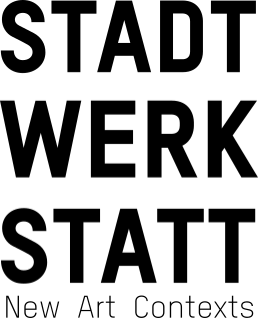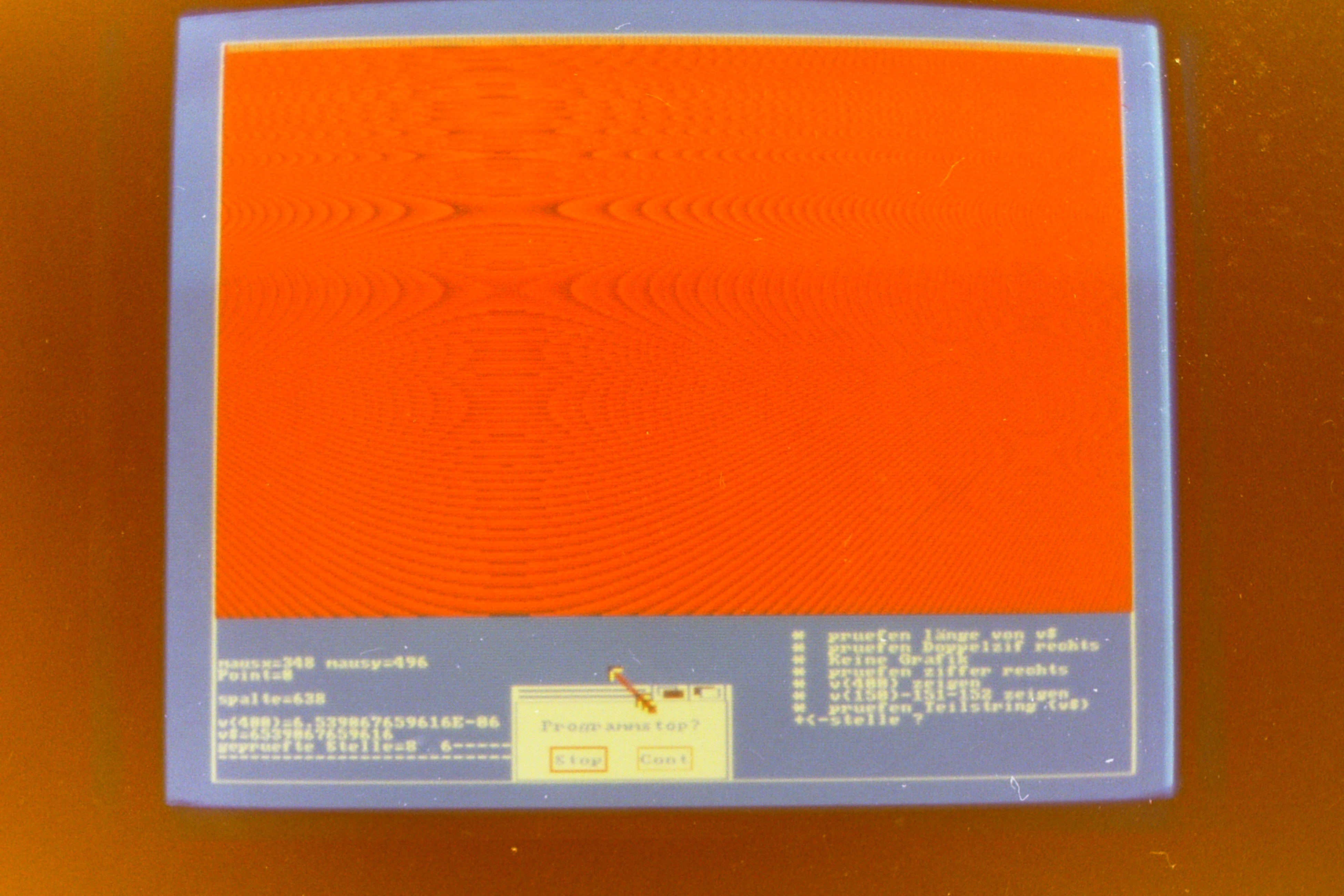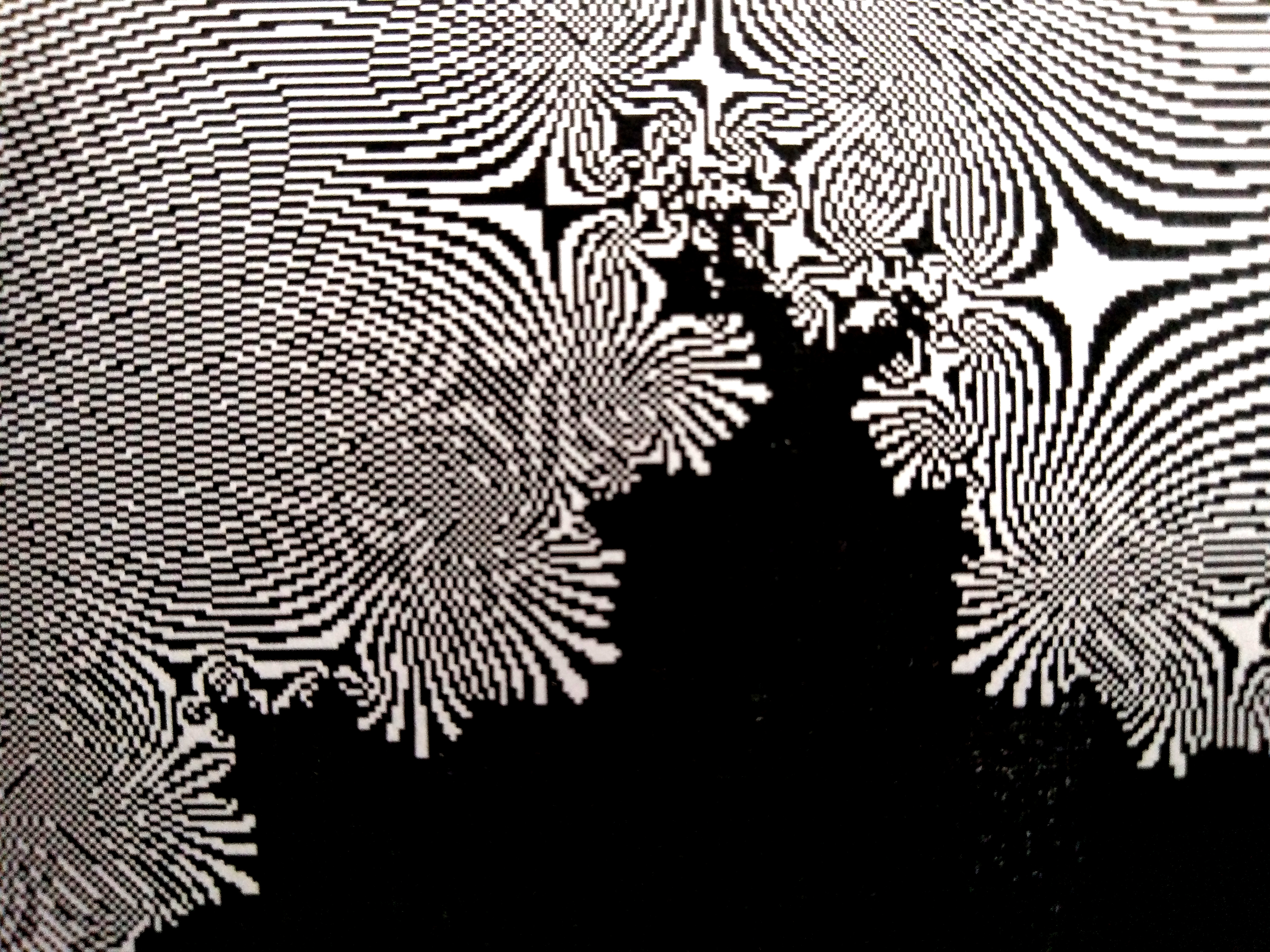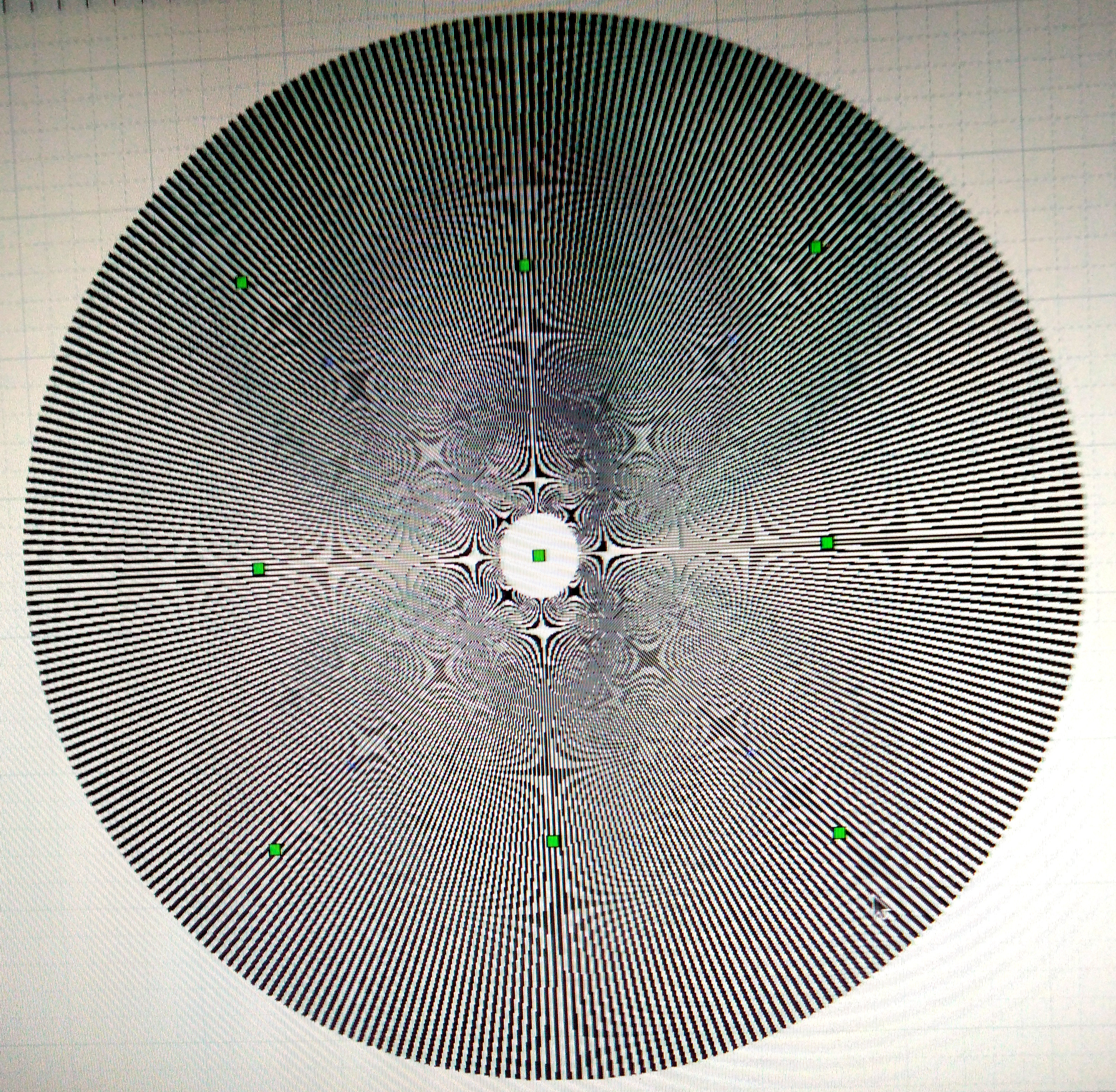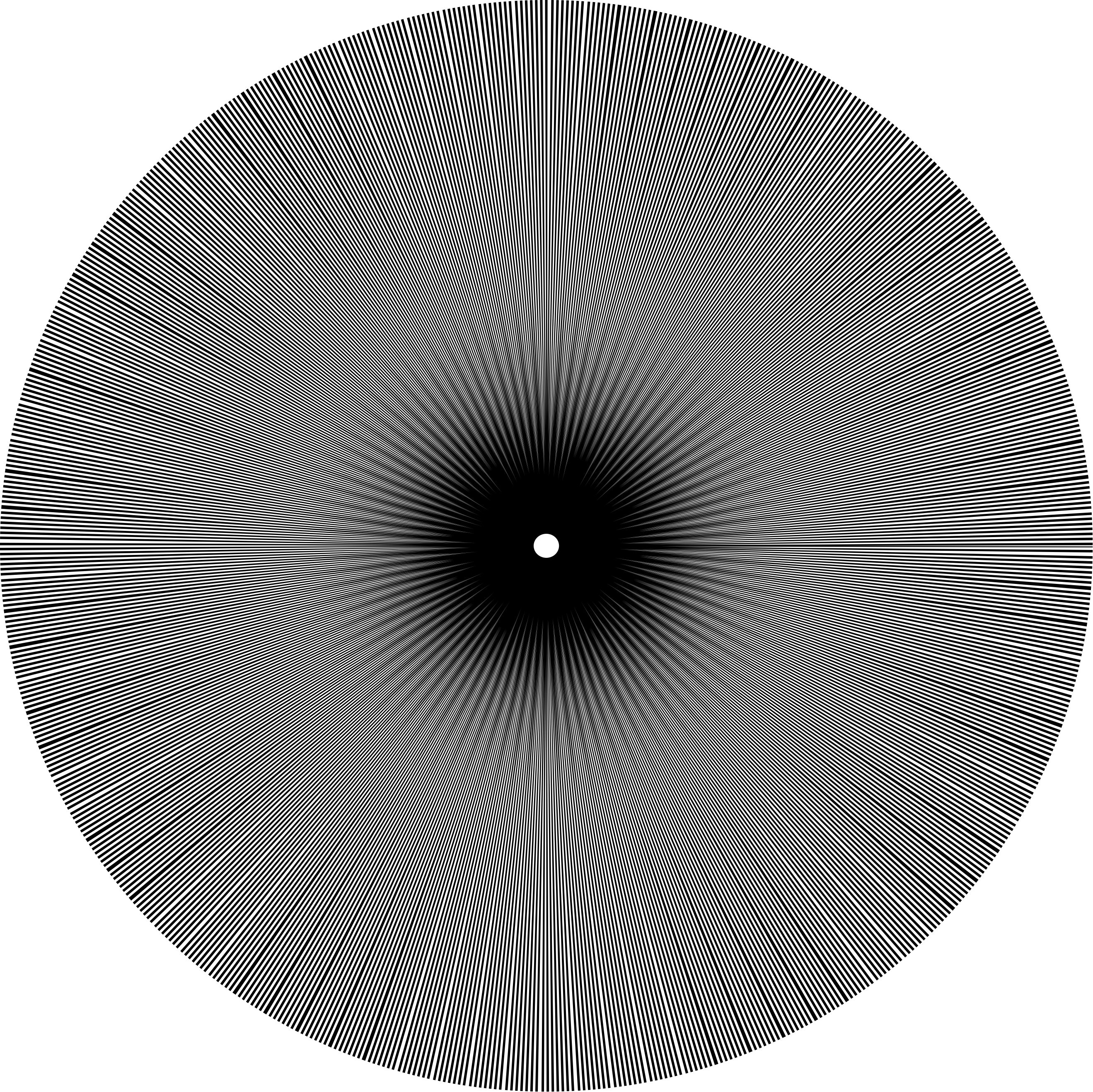The practical part of complex information applied to "interference of the unknown
It is always a challenge to transfer unknown information into real information, i.e. “logically correct” information. As an example, I would like to describe a project that has occupied me for 30 years. I often compare it with a mathematical fugue. So a repetition of already existing ones with slight variations. Similar to a musical fugue, this logarythmic and linear sequence brings me to new ideas and projects. I discovered the fugue by chance. Until today I do not know exactly why these patterns arise.
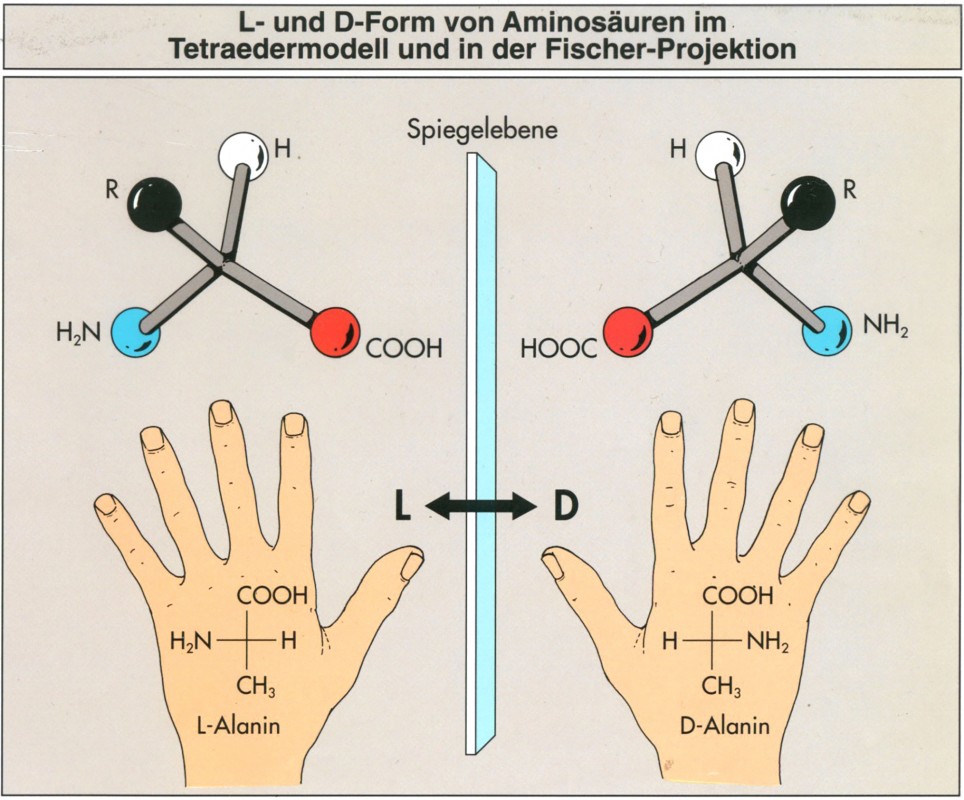
It all started in 1986 with a Commodore VC20 with a 6502 processor. In search of new kinetic art, which I would also call process art, I experimented a lot with small computer programs. I looked for ways to incorporate and control processes in sculptures, and even let them work in a self-referential way. In the case of “Approaching One Towards Zero” I started with a function that divides the number 1 by a decreasing value in endless operations. I am an artist and not a mathematician, but I think this is called a logarithmic function. I printed endless rows of paper because they had a graphical component to the columns of numbers (see photo). So I also used this function to control (exhibitions). I discovered by optical analysis of the divisibility in the columns of numbers assymmetries which appeared slightly changed in irregular intervals. I was fascinated by my new virtual working field. I'm a bad mathematician and a bad programmer and maybe it's all just a mistake in my considerations, but it has always aroused my interest over the years and it has been a source of my art. It was the first time that I had the opportunity to use algorithms in an artistic context. In art not everything has to follow “logically correct” arguments, I used this freedom. To use this freedom further, there is also our Infolab regulars' table, which is not supposed to be about scientific arguments. In the research of these fugues has never dissolved and always remained unknown to me. The exploration of the unknown by means of various tools should be the theme here. As a consequence I tried to analyze the graphical results with better computers and MathLibraries (see photo). 2019 These interference patterns led me to the Mandelbrot set. Through the complex numbers I came to the complex information which can be the only solution for me in a digital future. (x*x+1 = complex information).
How a complex concept of information can help to solve problems
In order to be able to deal creatively with a topic over and over again over such a long period of time with a perhaps fundamentally logically wrong conclusion*), a great part of “ wanting” is required. In the sense of complex information (read: Infolab - The 3rd Nature) this “wanting” is fully present in the imaginary part of the Information. Complex information behaves similar to the complex numbers in mathematics. There is always an imaginary part and a real part. Only both together describe the ACTUAL state. The unknown in my example can be divided into two parts, the imaginary and the real part. Art and creativity comes from learning and “not being able to”, that is why we have been working in laboratory situations for 30 years (e.g. Kunstlabor 1990). The “wanting to know” is classified in the area of the imaginary (emotional) information of the individual and is not compatible with the generally valid logical information of the algorithms.
In this case I approached the subject of the unknown by three different methods which all produce the same interference pattern. With the three different methods it should be possible to recognize the reason for these interference patterns and thus increase the real part of the information.
If you are interested and have suggestions for solutions, there is an Infolab-Chat-Channel or contact by mail.
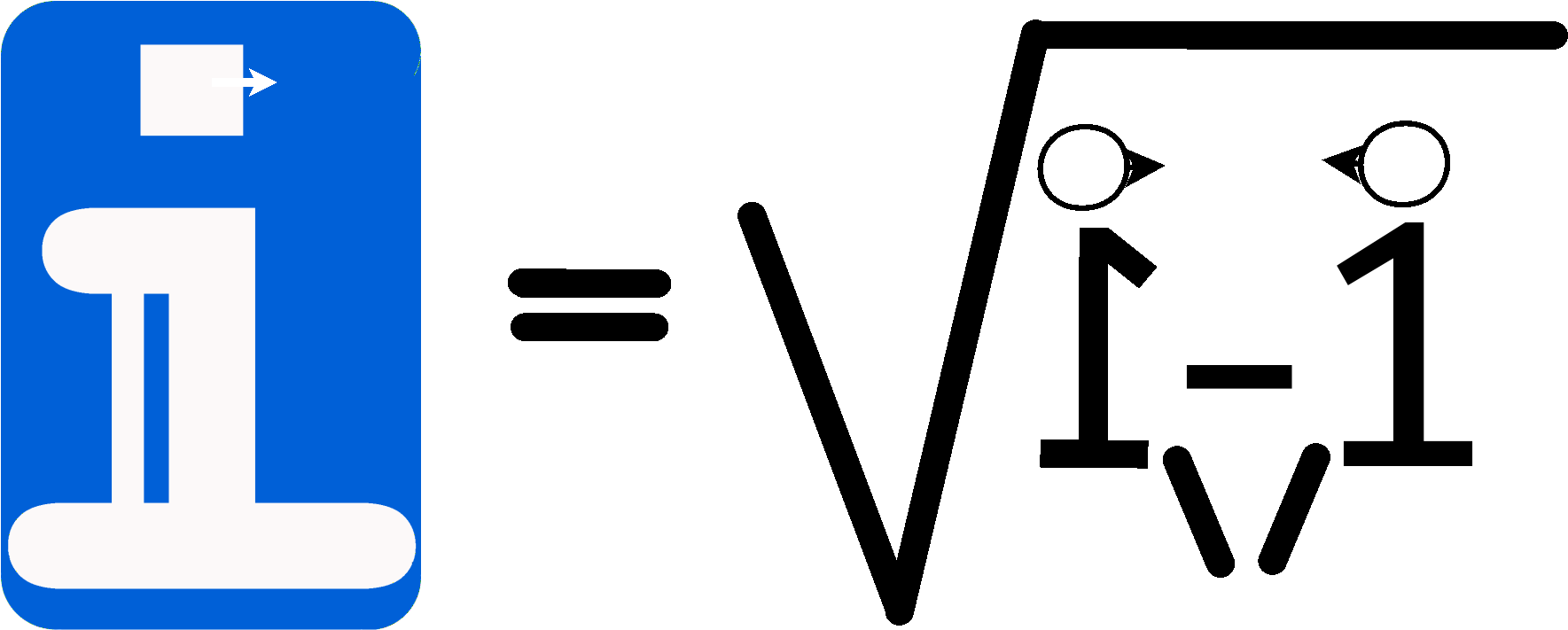
1 The algorithm of 1986, adapted to modern CPUs and Math-Libs. The Symmetrization
2 Complex information about the mathematics of complex numbers. Javascript
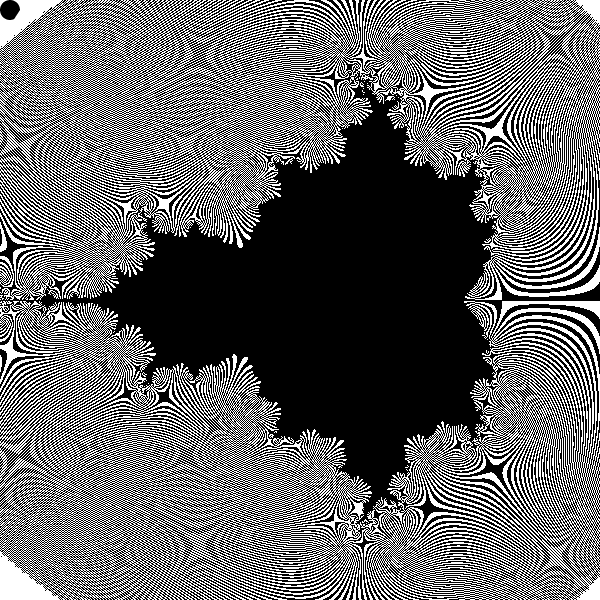
How to get to the interference pattern
For the second video, note the different image content when switching to “fullscreen” mode:
*) diese Muster koennten ein Rundungsfehler, ein Moire- od. ein Alias-Effekt sein.
